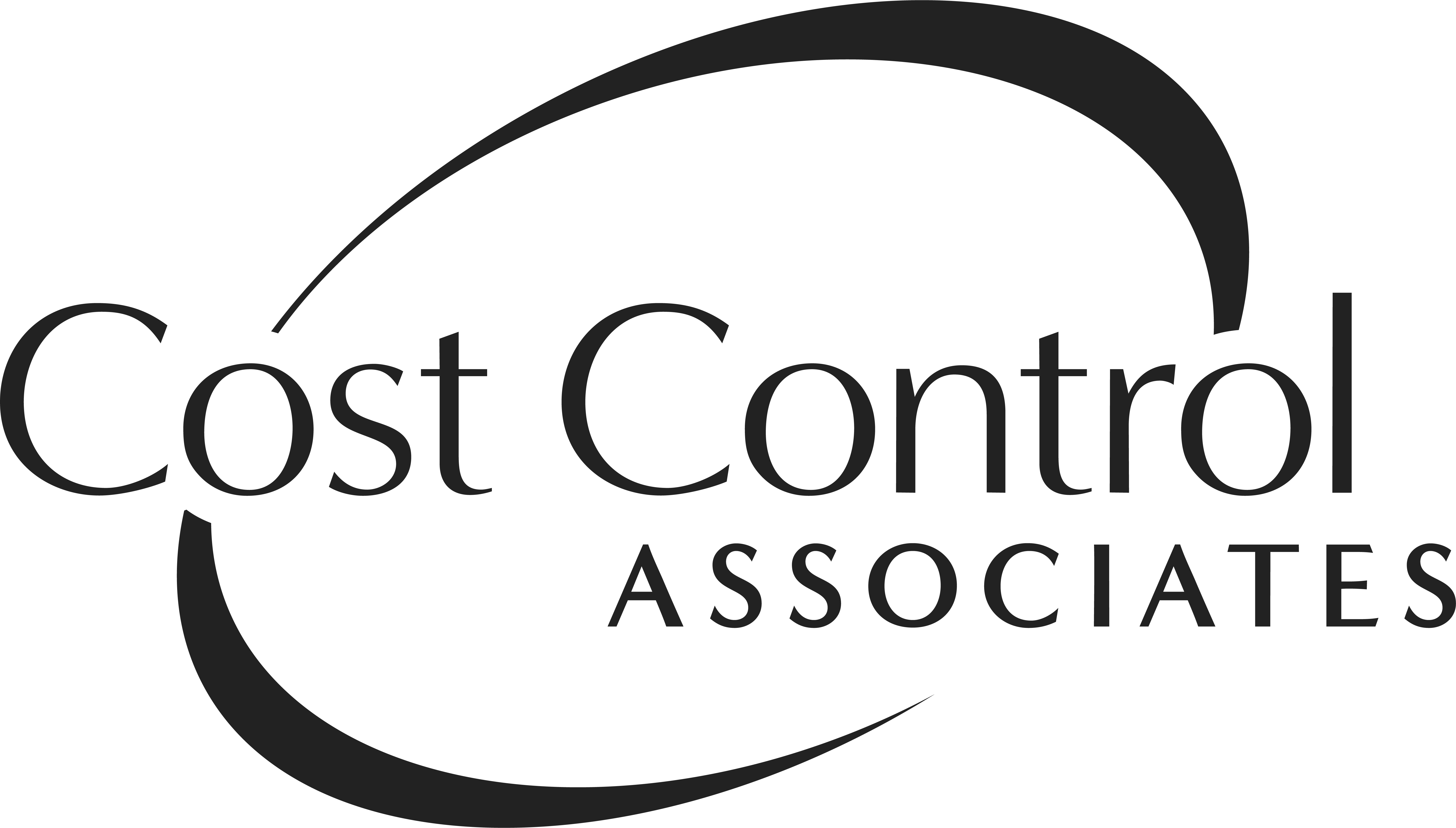It’s been estimated that American schools, grades K-12, spend as much as $8 billion a year on energy.
Next to salaries, it is one of the largest expenses, but it is also one of the few expenses that can be decreased without affecting educational quality. Many schools across the country are teaching their staff and students to practice energy conservation through behavioral and operational changes.
In many cases, energy conservation, technological planning, usage and measurement fold easily into STEM (Science, Technology, Engineering and Math) programs. Students of all ages can learn more about energy sources and explore ways to save energy using lessons that include math calculations, puzzles, energy experiments and other activities. During a time when we want to teach children about energy conservation, renewable resources and environmental sustainability, these schools have taken giant steps toward energy efficiency while lowering expenses and setting a good example for future generations.
These school districts successfully
cut energy usage and saved money:
 OHIO
OHIO
Gallia County Local Schools is one of many Ohio schools taking advantage of House Bill 264. Also known as the School Energy Program, the bill gives Ohio school districts the ability to borrow funds on a limited basis without having to pass a ballot issue. They use the borrowed funds to hire a vendor that can analyze utility bills, conduct an energy audit, propose energy conservation measures and complete any construction.
The first phase of the Gallia project, which began a year ago, involved replacing light fixtures with LED lighting that provided brighter light for less wattage. The bulbs’ 10-year lifetime was an added bonus! The second phase includes a plan to add solar panel fields to school property as well as automating the climate control systems. The new climate systems let a maintenance worker adjust heating and cooling units from a remote location rather than having to visit each building to make the adjustments manually. When school closes suddenly for a snow day, the settings for each building can be adjusted quickly and easily. Savings are realized from fewer man-hours, less vehicle fuel and lower energy costs.
 NORTH CAROLINA
NORTH CAROLINA
In North Carolina, the Pitt County schools launched an ongoing energy conservation program that is saving them money. The school district implemented a program based on changing behaviors and school culture related to energy use. Students, teachers, administrators, custodians and others are encouraged to raise or lower thermostats when feasible, take advantage of natural light and turn off equipment when it isn’t in use. The focus on changed behavior makes school personnel think differently about planning school to take advantage of space, light and energy. In just one year the district lowered utility expenses by nearly 15 percent.
 CALIFORNIA
CALIFORNIA
Construction of solar parking garages and shade structures will change the landscape at four campuses of the Colton Joint Unified School District outside Los Angeles, California. In addition to producing about 73 percent of the district’s annual energy, students will learn engineering, electrical and marketing skills through a partnership with the local solar-power provider.
 NEW JERSEY
NEW JERSEY
Readington Township Public Schools in Whitehouse Station, New Jersey, are in their fourth year of a program designed to deliver no-and-low cost strategies and activities to help lower their energy costs. Thanks to operational and behavioral changes, the first three years of the program resulted in a 15 percent savings on electricity, 3 percent savings on natural gas and 8 percent savings on total energy with cost savings greater than $226,000. The program extends to the curriculum with energy-related classroom activities and collaboration on energy-saving strategies.
 ARIZONA
ARIZONA
Energy conservation is an excellent way to save money, but schools can also save money through a careful review of existing utility bills. Gilbert Public Schools in Arizona had their energy, waste/sewer and telecom bills reviewed by Cost Control Associates. The analysis uncovered opportunities to adjust rates and fix billing errors resulting in telecom refunds of $10,000 plus ongoing annual savings of $29,500 for telecom and energy.
More than 55,000 school properties are included in The Environmental Protection Agency’s (EPA) ENERGYSTAR Portfolio Manager, a benchmarking tool that shows how participating organizations track and manage energy and water consumption. On average, our nation’s K-12 schools rate 67 on a scale of 100. A score of 75 or higher denotes the most energy-efficient buildings. Read the EPA’s 2-page factsheet to learn more about the energy, operational and property characteristics of K-12 schools benchmarking in Portfolio Manager.
GETTING STARTED
The places where we work, play and learn account for nearly half of the nation’s energy use. If you’d like to build an energy plan for your school or business, the EPA website is a good place to begin. For a review of your existing utility bills, contact Cost Control Associates.
Lisa Miller is marketing and communications manager for Cost Control Associates. She joined Cost Control Associates in 2015, bringing more than 25 years of experience in marketing and corporate communications to her position. Lisa earned her BA from Skidmore College. Learn more.

